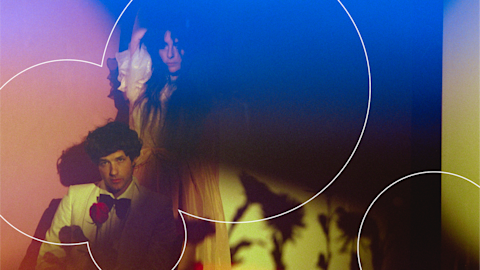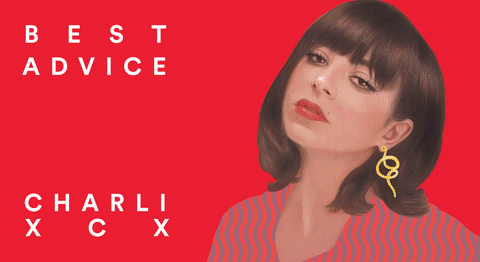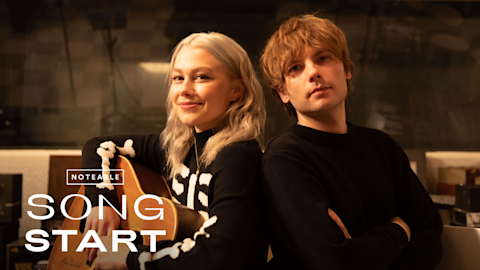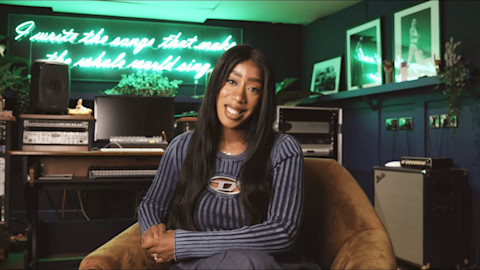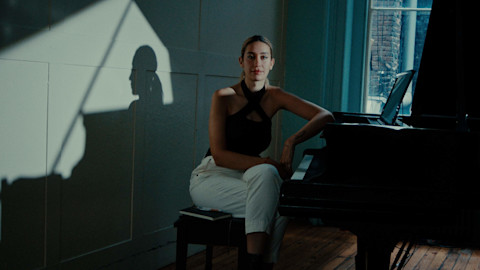On November 24, 2012, after a decade-long climb through the club circuit, Toronto synth-rock quartet Metric finally reached the summit: their first headlining show at the Air Canada Centre, a room normally overrun with Toronto Raptors and Maple Leafs games. And that night, the band passed its arena-rock initiation with flying LED colors, complete with elaborate lighting design, dramatic dry-ice effects, and 10,000-plus fans dancing and singing along to every word of vocalist Emily Haines’ famously acerbic lyrics.
Fast forward nearly six years, to August 2018, and Metric found themselves playing the same room—which, as corporate-branded arenas are wont to do, had since changed its name (hello, Scotiabank Arena). But that wasn’t the only thing different about that night. There were no fancy stage effects—just a stark black backdrop. The arena was only half full, and few people were leaping from their seats when guitarist James Shaw started playing the chiming intro to their 2012 radio hit “Breathing Underwater.” They were also playing at the ungodly, un-rock ‘n’ roll hour of 7 p.m.
But none of this should suggest Metric’s popularity has nosedived. The Scotiabank Arena show was part of a marathon nine-week, 37-city North American tour opening for The Smashing Pumpkins, a group whose audience shares minimal overlap with Metric’s. And even though the band have headlined this arena on their own, they were eager to play the role of strangers in their own town. In fact, it’s something of a band tradition: Even as they’ve built up a large, loyal fanbase of their own, Metric have routinely subjected themselves to the trial-by-fire challenge of opening for the biggest rock bands on the planet, from The Rolling Stones to Muse to Imagine Dragons. They are, in essence, indie rock’s foremost arena insurrectionists.
Metric released their seventh album, Art of Doubt, on September 21, but they were treating the Pumpkins tour like it was their first, reinstilling in themselves the hungry, who-gives-a-fuck attitude of an unknown band playing unknown songs to unknown listeners. And, if nothing else, these sorts of tours provide Metric with an opportunity to keep up with the latest developments in arena naming-rights changeovers. We caught up with Haines and Shaw shortly after they stepped offstage in Salt Lake City.
Spotify for Artists: Most bands at your level would opt to test-drive their new album by doing an underplay tour of small clubs for die-hard fans. What was the rationale for doing this Smashing Pumpkins tour instead?
Emily Haines: At this stage of our career, seven records in, if you’re not willing to consistently put yourself in an uncomfortable situation and give people a chance to discover you, you’re making it impossible for anyone to find you. It’s a problem a lot of bands face at a certain point. I found this opportunity incredibly freeing—there isn’t the pressure of facing the die-hard fans, and have them be like, “Oh wait, what’s the significance of this new song?” I love the backwardness of starting every show on this tour with three new songs. I found that very liberating, and I also feel a sense of hopefulness—like, this is the scale of what we’re capable of. The sonics of what we’re trying to achieve work in this size of room.
James Shaw: It’s basic math: If you have 100,000 fans, some of them are just going to drop off, naturally. They’re not all going to stay interested for 30 years. Your crowd is going to get smaller, unless you proactively fight it and go out there and make new fans. This is a very reasonable tour for us to do. When someone says, “Here’s a two-month tour through all of the U.S., you’re going to hit every single market, every radio station is going to know you’re putting out a record, and you’re going to play for roughly 300,000 people and you’ll get paid for it and you won’t have to do any production rehearsals,” it’s hard to say no. I don’t think you really get to work out all the kinks when doing a seven-show underplay tour. It starts to feel more like a promo situation, whereas this tour is really based in the music—we’re just out there playing.
__That’s the irony: Even though you’re playing these huge rooms, you’re actually all squeezed up to the front of the stage because the Pumpkins’ stage setup leaves you with little room to move around. So in a way, it’s almost more intimate for you than a club show. __
Haines: All you see is a black curtain. And I put “Metric” in tape on the kick drum.
Shaw: We’re literally relying on nothing. We have no production at all on this tour. If we can’t make the tunes work like this, they’re definitely not going to work when we start doing our real shows.
On the music-industry food chain, arena shows are near the top. But in that sense, “success” in the music industry means graduating to rooms that weren’t actually made for music—they were made for sports. How has playing arenas affected your notions of success?
Haines: I think we can do all of it. Like, playing the Radio City Music Hall show [in 2012] with Lou Reed onstage singing a song that he wrote with us [“The Wanderlust”], in a medley with [The Velvet Underground’s] “Pale Blue Eyes”… no hockey arena in the world is ever going to compare with Radio City and Lou! We can roll out a confetti cannon with the best of ‘em, but we’re also not the kind of band that falls apart without production like that, which is what we’ve seen by touring with these other [arena] acts. It’s pretty bleak, man. It’s like: This is Cirque du Soleil… or Cirque du So What. Whereas we have adaptability—we enjoy playing acoustic, we enjoy playing theaters...
Shaw: If someone said to me, “You’re only ever going to play arenas ever again,” I’d be bummed. And if someone said, “You’ll never play an arena again,” I’d be bummed.
Kim Gordon has said that Sonic Youth’s tour opening for Neil Young in 1991 was her first real confrontation with just how male the whole arena-rock environment really is, among all the roadies and stage crew. What have your experiences been like in that regard?
Haines: Well, you are in a sporting arena that is primarily male—my dressing-room commonly has 10 urinals in it. But I haven’t had a single instance on any tour in an arena environment where I felt as though I wasn’t being respected. I feel an atmosphere of respect and awareness. In the same way we now have security meetings about how to escape the building in light of the horrific events of recent years, I think there’s a greater consciousness when it comes to women and safety.
Shaw: To me, regardless of how many women are on the tour or working in the arena, the energy is very male, and very blunt, and somewhat shitty and cold. Every morning, you walk into the arena, and it’s just like going through security, the same way you go through security to get on a Delta flight. But even if the energy is somewhat male, it’s not misogynist or chauvinist. It’s just cold!
—Stuart Berman
